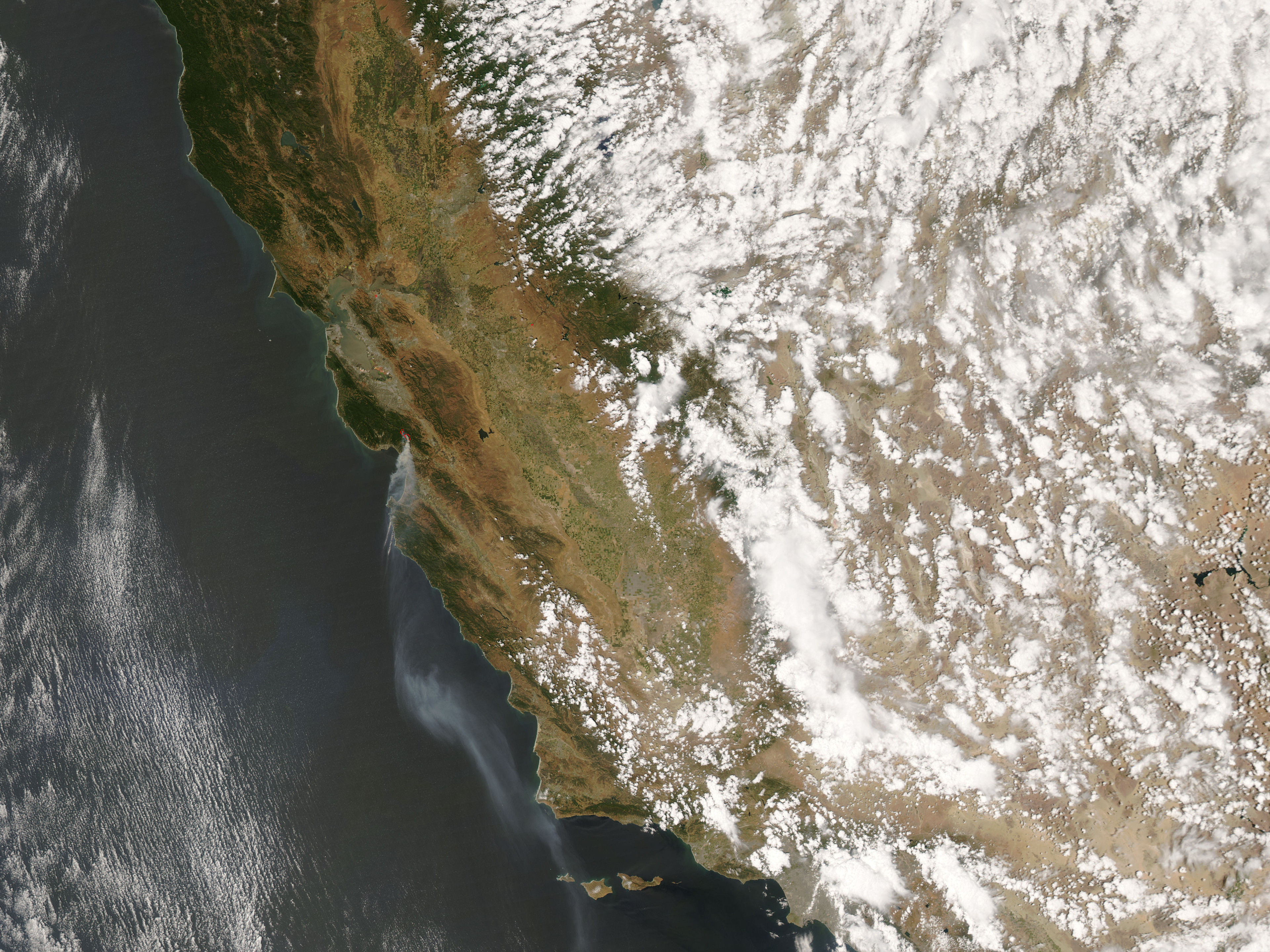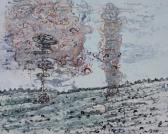 I’ve been worrying about Sniffles, the star of Monica Drake’s beguiling comic novel Clown Girl. She’s the kind of clown girl you would worry about, though. As her primary clown act, for example, she shapes balloons into religious tableaux — you know, manger scenes, Mother and Child, Annnunciations. She’s aiming ultimately for a balloon replication of Leonardo’s Last Supper. Except that she’s the only one who can “see” these things in the balloons, though her crown of thorns (misinterpreted as a tiara) and her sheep (from the manger scene) are popular with the kiddies. Sniff, you want to say, I’m not sure the religious balloon-tying bit is going to develop into a big clown hit.
I’ve been worrying about Sniffles, the star of Monica Drake’s beguiling comic novel Clown Girl. She’s the kind of clown girl you would worry about, though. As her primary clown act, for example, she shapes balloons into religious tableaux — you know, manger scenes, Mother and Child, Annnunciations. She’s aiming ultimately for a balloon replication of Leonardo’s Last Supper. Except that she’s the only one who can “see” these things in the balloons, though her crown of thorns (misinterpreted as a tiara) and her sheep (from the manger scene) are popular with the kiddies. Sniff, you want to say, I’m not sure the religious balloon-tying bit is going to develop into a big clown hit.
But maybe this is the least of her problems. Clown Girl is a close accounting of a series of disasters with Sniffles right in the middle. Sometimes she ends up in the ER. Sometimes, it’s off to the Psych Ward, and despite the writer’s best efforts, you have some sympathy for the medical personnel who think that maybe that’s the best place for her. To quote blues queen Sippie Wallace: “You better get a doctor, honey, have him investigate your head.” Because by that time we’ve gotten a bead on the boyfriend, Rex Galore, the would-be Clown Prince: That just has train wreck written all over it, doesn’t it Sniff? But by that time you’ve already warned her several times. Don’t go on that “clown date” set up by your friend Crack! (Actually, maybe you should think twice about hanging with someone whose name is “Crack”.) Oh, and juggling the fire torches in an overgrown yard at 4 a.m.? I’d reconsider. Especially in your condition.
So yes, I’ve been worrying about Sniffles, because she’s quite sweet actually and vulnerable. She’s that kind of clown — not an aggressively transgressive Cirque clown, a circus clown, a “date” clown or a kiddie clown. She’s an artist clown in a world that doesn’t seem to appreciate such a thing. And though I may think her Kafka bit sounds pretty darn great, it’s a little like the religious balloons — who’s going to “get” your version of “Metamorphosis”? I want to give her career advice. My friends and colleagues know I’m full of career advice, most of it ridiculous. If Sniffles lived in Portland, Oregon, how could she make a living and still exercise her “artistic” sensibilities? Skills: balloon-tying (kinda), juggling (except with fire), a Charlie Chaplin bit (that might end up in the hospital), pain endurance, an intact ethical system, great courage and a knowledge of the classics.
Perhaps because I saw Imago’s production of Carol Triffle’s new comedy, “The Dinner,” last week, I put one and one together, Clown Girl and Imago. At the same time, it finally occurred to me that clowning was a part of nearly everything that Imago does. (I say “finally” because I’ve watched them a lot during the past quarter century or so, and I say “clowning” with a broad definition of the term in mind. Maybe so broad as to render it useless as a description, for all I know. We’ll see.)
Continue reading Clowns are wild: Imago meets Monica Drake







